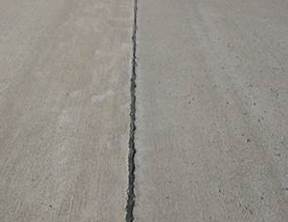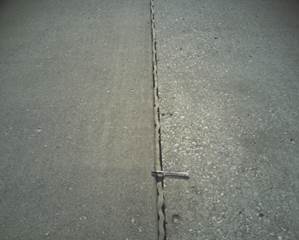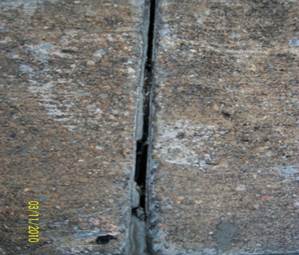
L - Joint sealer is in generally good condition throughout the sample. Sealant is performing well with only a minor amount of any of the above types of damage present. Joint seal damage is at low severity if a few of the joints have sealer which has debonded from, but is still in contact with, the joint edge. This condition exists if a knife blade can be inserted between sealer and joint face without resistance.

M - Joint sealer is in generally fair condition over the entire surveyed sample with one or more of the above types of damage occurring to a moderate degree. Sealant needs replacement within two years. Joint seal damage is at medium severity if a few of the joints have any of the following conditions: (1) joint sealer is in place, but water access is possible through visible openings no more than 1⁄8 in. (3 mm) wide. If a knife blade cannot be inserted easily between sealer and joint face, this condition does not exist; (2) pumping debris are evident at the joint; (3) joint sealer is oxidized and “lifeless” but pliable (like a rope), and generally fills the joint opening; or (4) vegetation in the joint is obvious, but does not obscure the joint opening.

H - Joint sealer is in generally poor condition over the entire surveyed sample with one or more of the above types of damage occurring to a severe degree. Sealant needs immediate replacement. Joint seal damage is at high severity if 10 % or more of the joint sealer exceeds limiting criteria listed above, or if 10 % or more of sealer is missing.